- Home
- slideshows
- miscellaneous
- Uber is telling the world it's just like Amazon: Here's why the skin-deep similarities are misleading
Uber is telling the world it's just like Amazon: Here's why the skin-deep similarities are misleading
Amazon and Uber are both huge companies.

Both Amazon and Uber are arguably the most prominent firms of their respective eras of tech.
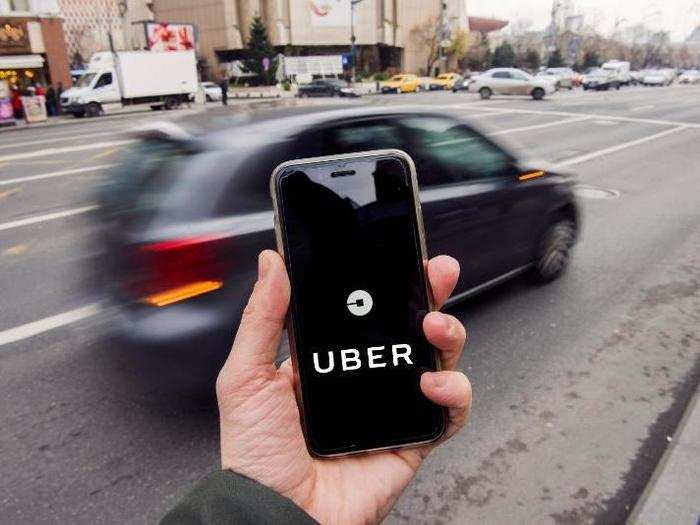
Uber is well known for being the most valuable tech "unicorn" — the term for a private company with a valuation of $1 billion or more. At its last private funding round, it was valued at nearly $79 billion.
But the company's prominence involves more than just its valuation. The company pioneered the app-based taxi service industry, which has become a big business globally and helped reshape local transportation markets all over the world. It's also helped jump start and become one of the standard bearers for the gig economy, essentially where tech companies rely on armies of freelancers to deliver their services rather than full-time employees.
Although it was much smaller, Amazon symbolically, became every bit as important as Uber. Even as dot-coms exploded everywhere, Amazon both stood above the pack and became a symbol of the era. It pioneered ecommerce both through its own website and by backing other dot-coms targeting other retail markets, including grocery delivery and drug stores.
Uber has big, important backers — just like Amazon did.
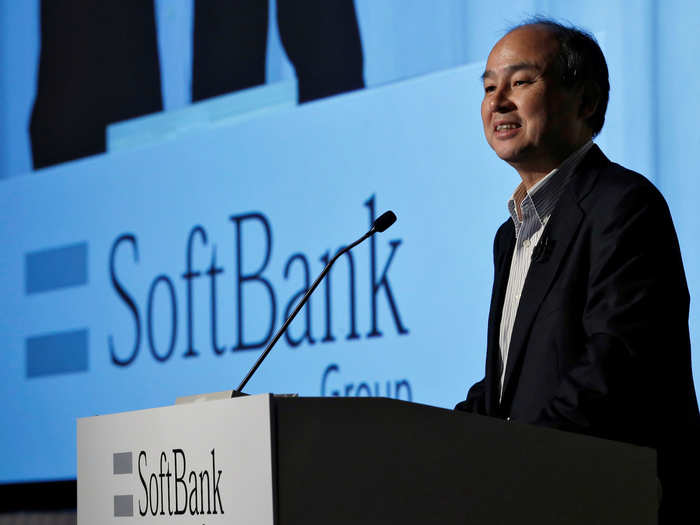
Uber has drawn backing from some of the biggest tech startup investors, most notably SoftBank's enormous Vision Fund. But it's also gotten funding from some of the most prominent traditional venture capital funds, including Sequoia Capital, Benchmark Capital, Menlo Ventures, and Kleiner Perkins. As it's gotten bigger, it's also drawn investments from other tech firms, including Google, Baidu, and Microsoft and from non-traditional startup investors, including Goldman Sachs.
For its part, Amazon too had the backing of Kleiner Perkins, which was the most prominent and prestigious VC firm of its era.
Both Uber and Amazon initially focused on one industry.
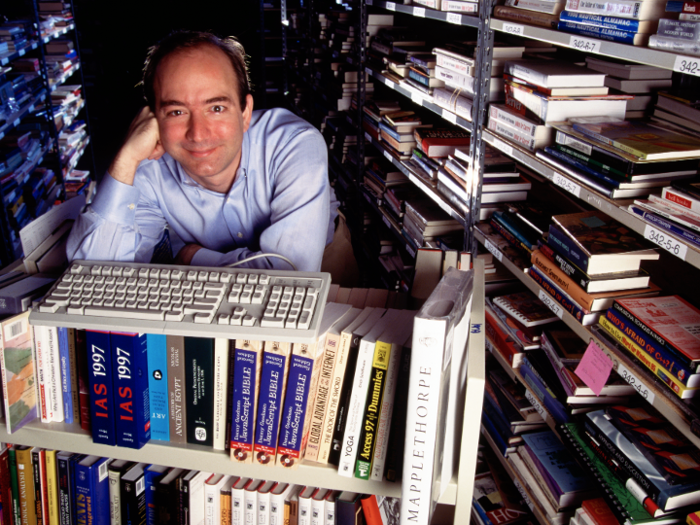
When it launched, Amazon dubbed itself Earth's Biggest Bookstore. It positioned itself and was seen by the public and investors as a rival to the big book retail chains of the time, Borders and Barnes & Noble.
Similarly, Uber's initial focus was on its app-based ride-hailing service, which at launch allowed consumers to request a ride in a so-called black car, or luxury vehicle. The company's original name was even UberCab, though it later changed it to distance itself from the traditional taxi industry.
Both also limited their offerings geographically when they started.
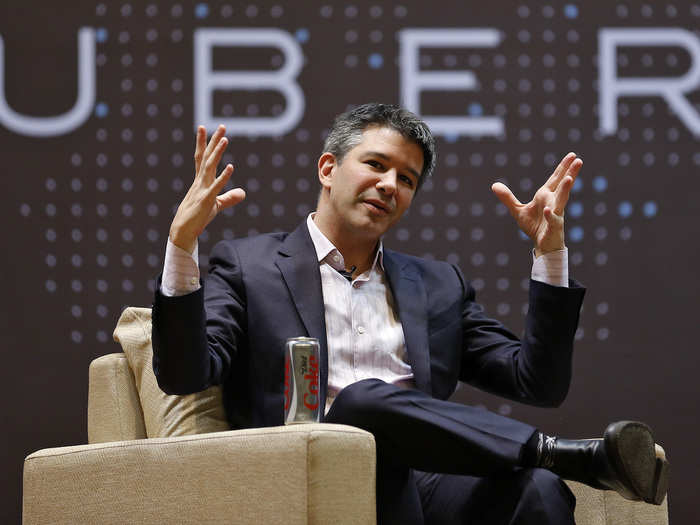
For nearly a year after it launched, Uber was only available in San Francisco.
Amazon served the entire United States when it launched, but didn't branch outside the country for more than three years.
But both soon expanded their offerings.
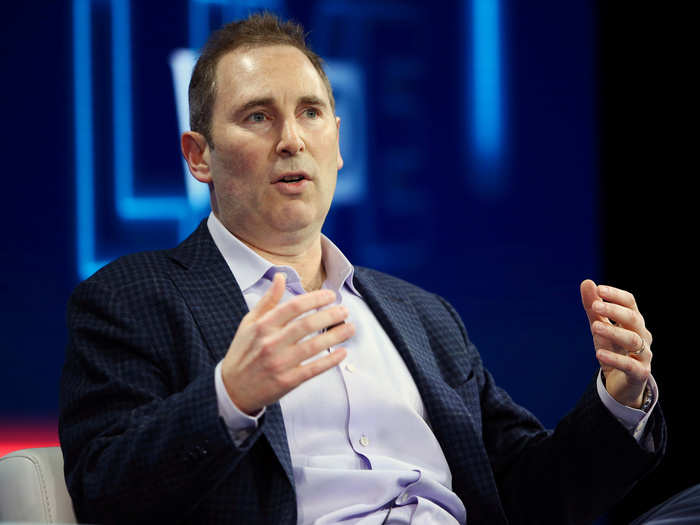
Two years after launching its service, Uber debuted Uber X, which opened up the service to non-luxury vehicles. The next year, following the lead of Lyft and SideCar, Uber opened up its service to non-professionals driving their own cars. The next year, 2014, it launched UberPool, its carpooling service, and began testing a food delivery service that it eventually named UberEats. Three years later, the company launched Uber Freight for the trucking industry.
Uber's moves to diversify its business are reminiscent of Amazon's. The e-commerce giant started selling CDs about three years after launching its bookstore, then continuously expanded its retail offerings, branching out into videos, electronics, home improvement products, toys, and eventually clothes and shoes. Early on, it opened its site and service to third parties, helping small and large businesses alike sell online. The company launched Amazon Web Services, its cloud-computing arm, in 2006, some 10 years after its public-market debut.
Both also quickly expanded geographically.
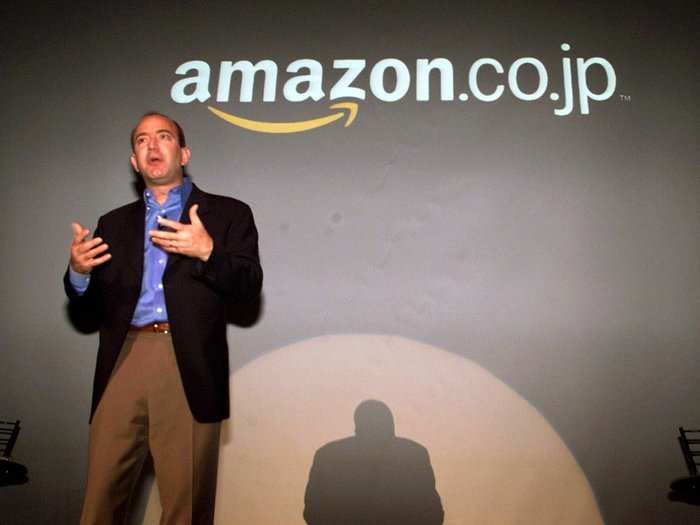
Uber started offering its service in New York less than a year after its San Francisco debut. Chicago soon followed. The company went international later in 2011, when it started offering service in Paris. Three years later, the company's service was available in 100 cities around the world.
Amazon likewise showed early on that it had global ambitions. It launched sites targeted the UK and German markets in 1998, three years after debuting its US site. Two years later, it opened sites serving France and Japan. And two years after that, it launched a site serving Canada. The company now has online stores serving 16 different countries.
Both have struggled with profitability.

Uber posted a profit last year, but only because it sold off some of its businesses around the world. It's never generated a profit from its operations and has needed repeated influxes of cash to keep its business running.
Amazon similarly struggled with red ink. The company reported losses for years, even after becoming a public company.
Amazon succeeded by building a platform. Many think Uber can do the same.
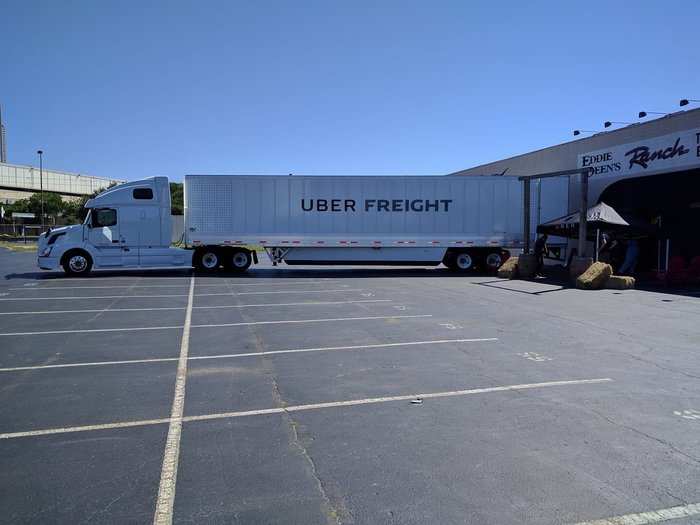
Amazon invested heavily in building out data centers, warehouses, and logistical infrastructure to support its ecommerce business. But it soon realized it could use those resources not just for its own operations but to support other companies also.
Today, Amazon Web Services, the cloud-computing operation that spun out of its data center investment, provides half of its profits. And customers spend more on buying products offered by the third-party merchants selling through Amazon's site than they do on products sold by the company directly.
Uber enthusiasts think the company has similar potential. Already it's using the systems it originally built to pair individual riders and drivers to support its food delivery service and Uber Freight, which matches truckers and carrier services with companies needing items hauled. It's also been working on autonomous vehicles, which could one day allow it to offer a robo-taxi service.
Amazon is one of the biggest corporate success stories ever, and many think Uber has similar potential.
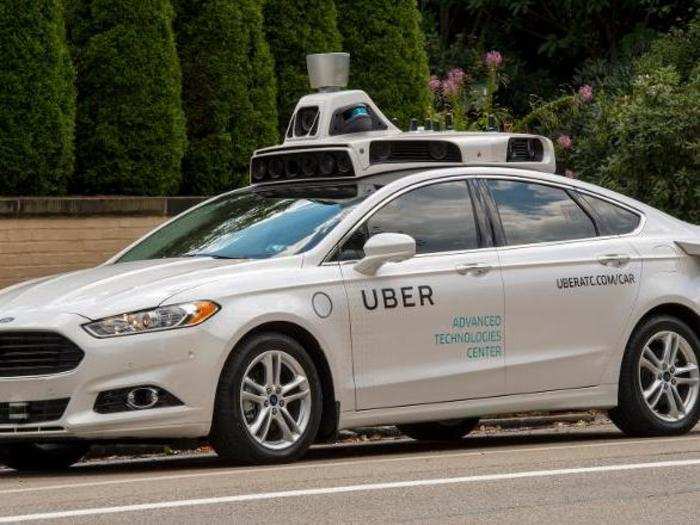
At the turn of the century, amid the dot-com bust, many wondered whether Amazon would ever become profitable or whether it would be the next company to die. Since then, its stock price has risen some 2700% as the company has seen its revenue — and profits — surge.
Uber enthusiasts think the company is one of the few that has the potential to do the same thing.
"Obviously, there are great growth names that have come along in the last five to 10 years," said Dan Ives of Wedbush. "But in terms of a platform play ... that starts to have the blueprints of the Amazon model, Uber is the first one."
But in many ways, the companies are vastly different.
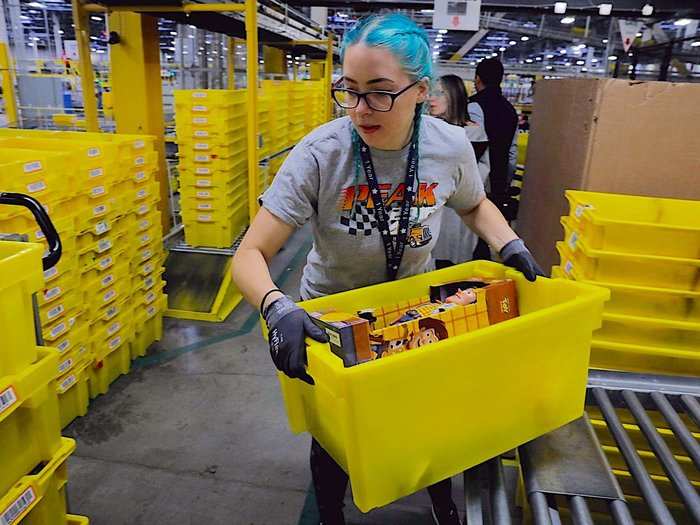
The most obvious thing is they operate, for the most part, in completely distinct industries.
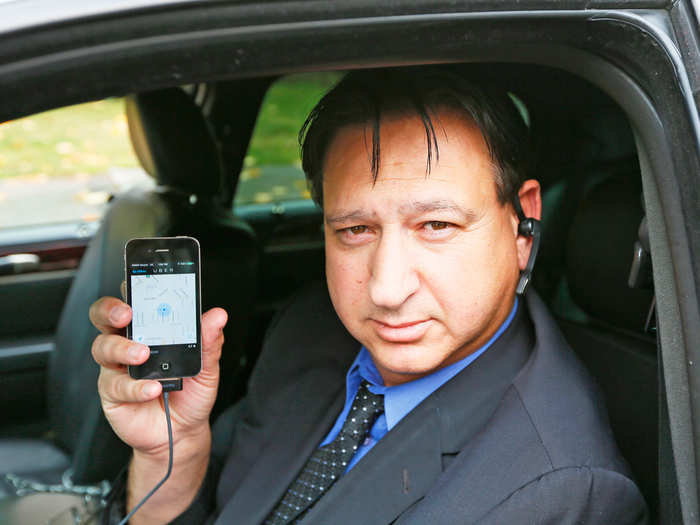
Amazon's at base a retailer and retail service provider that gets much of its revenue by selling products directly to consumers. To support its business, it has hundreds of thousands of employees who work in its warehouses and physical stores.
Uber, is largely a transportation provider that operates a marketplace, pairing up drivers and riders. Unlike Amazon, it doesn't employ the people who are primarily responsible for offering its service to consumers.
Uber is a creature of the city and that could be a problem
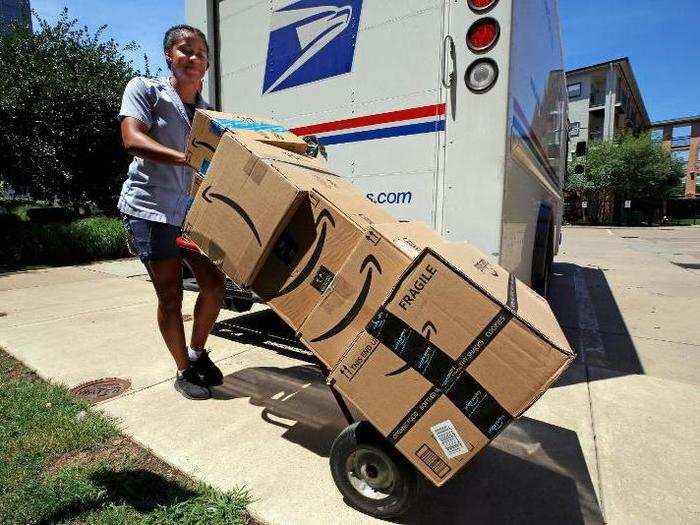
From the start, Amazon could offer its core service to people, regardless of where they lived inside the country. It was able to serve customers in rural markets as well as urban ones. And its service was equally relevant to both, if not more so to rural customers who faced more limited choices of brick-and-mortar stores.
But Uber is largely an urban phenomenon. Rural and even suburban consumers generally rely on their own vehicles to get around. It's not clear that Uber will ever find much of a market for its core ride-hailing or even its food delivery service outside dense urban areas.
"What's their business plan there?" asked Scott Rothbort, president of LakeView Asset Management and a longtime tech investor. The idea that a town of a few thousand people that's separated from the nearest town by 30 or 40 miles will "all of sudden [be] ordering UberEats doesn't make sense to me."
Uber is much bigger and older than Amazon was when it went public.
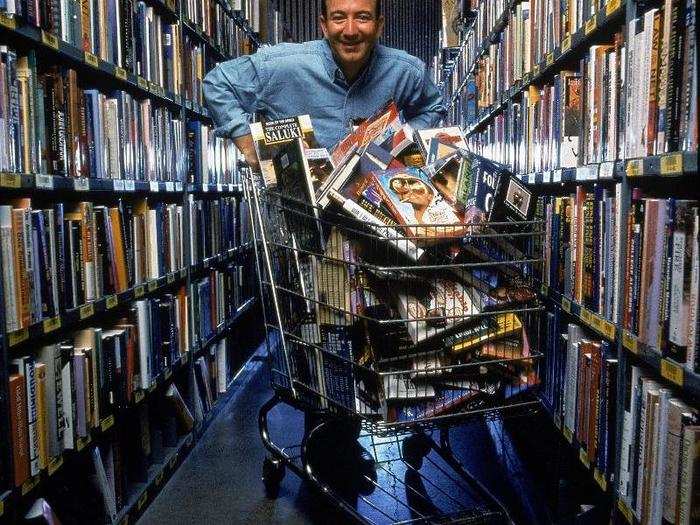
Amazon began trading on the public markets less than two years after it launched its website. Immediately prior to its IPO, it was valued at just $60 million. In 1996, its last full year before going public, it had a mere $16 million in revenue, posted a loss of $6 million. Its free cash flow — the cash generated or used up in operations less the amount it invested in property and equipment — was in the red to the tune of just $3 million.
Uber, by contrast, is going public almost nine years after it debuted its service. Last year, it had $11.3 billion in sales and a $3 billion operating loss. Its free cash flow was a negative $2 billion.
When Amazon was as old as Uber is now, it was profitable and generating cash.

Uber has been operating now for nearly nine years. Despite that, it's still racking up huge operating losses and burning through ample amounts of cash. Last year, the company lost $3 billion on its operations and only managed to post a net profit because it divested some of its money-losing overseas operations.
Amazon reached a similar point in its lifecycle as Uber is now in 2004. By then, it was comfortably profitable and cash-flow positive. It started generating positive free cash flow in 2002 and started to post a profit according to standard accounting principles in 2003. In that year, Amazon generated $346 million in free cash flow.
Amazon had also survived a recession

The dot-com bust of the early 2000s wiped out scads of ecommerce, internet, and tech companies, including several that Amazon invested in. While Amazon was never seriously in danger of going out of business itself, its big losses and the carnage in the sector spooked investors and worried analysts. To appease them, the company cut its costs and investments and made a concerted effort to start generating cash and profits.
Uber, by contrast, was born after the Great Recession and has never had to adjust to an economic downturn. It's also never had to worry about tightening credit or investment markets. It's always found ready cash to fund its ongoing losses.
The dot-com downturn "stress-tested Amazon, and it came through," said Daniel Morgan, a portfolio manager and longtime tech investor at Synovus Trust. "But these unicorn companies aren't really stress-tested."
As a result, Amazon largely had a market to itself.
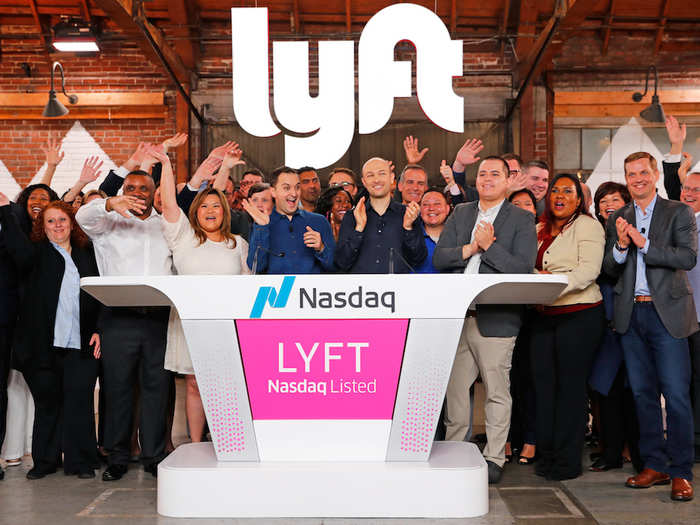
During the dot-com boom, Amazon faced numerous competitors in ecommerce that threatened to limit its potential markets. Many sold their products at a loss, making it tough for Amazon to operate profitably itself.
But the recession of the early 2000s killed off or hobbled many of these rivals, including companies such as Webvan, Pets.com, and eToys. That gave Amazon the ability to enter and exploit other markets — and to operate on a more sustainable basis. Although it still faced formidable challengers in Walmart and eBay, neither focused as closely on the online retailing space as Amazon did, giving it room to cement its lead.
By 2004, when Amazon was the same age Uber is now, it was consistently profitable and clearly the dominant player in the online retail market.
Uber is the leading player in the ride-hailing market in the United States and other countries. But it still faces plenty of competition, most notably in the US from Lyft, which just had a public offering of its own. Both companies vie for riders and drivers by offering discounts to the former and extra pay for the latter. Such incentives have weighed on their financial results — and likely will continue to do so.
Amazon has disrupted numerous markets and still has plenty of opportunities ahead of it.
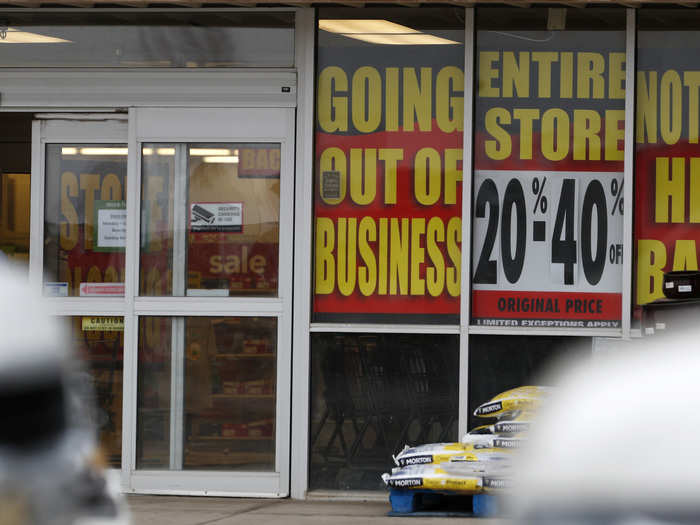
Amazon has helped kill off numerous bookstores. Its broader retail operations have hurt brick-and-mortar stores of many different kinds. Its cloud-computing business has helped overturn the idea that companies need to operate their own data centers. It now has its eyes on health care, it just launched its own freight service, it already delivers much of its own products to customers, and may eventually get into banking.
Meanwhile, it's unclear how much potential Uber's platform really has outside ride-hailing and food delivery.
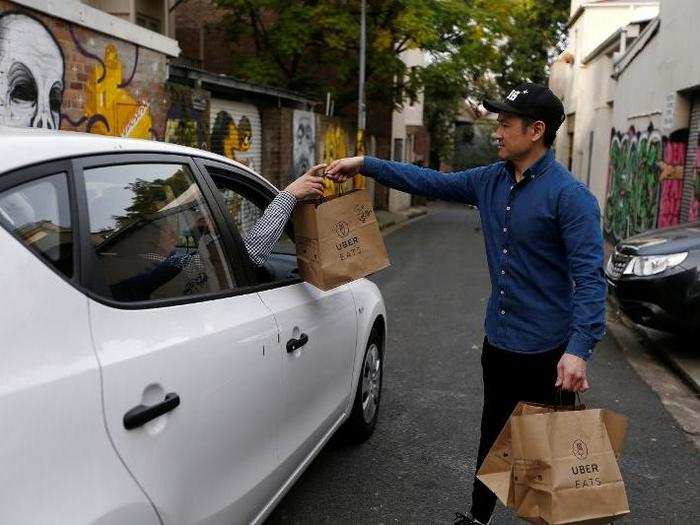
Uber has branched out into trucking services and food delivery. It's not clear, though, if there are other obvious markets to which it can apply its technology or service.
Investors haven't yet identified "what other businesses can really be hung off the platform ... [or] how many structurally disadvantaged businesses can Uber disrupt," said Tony Ursillo, a hedge fund investor who's studied the tech industry for years.
And then there's the magic founder's touch
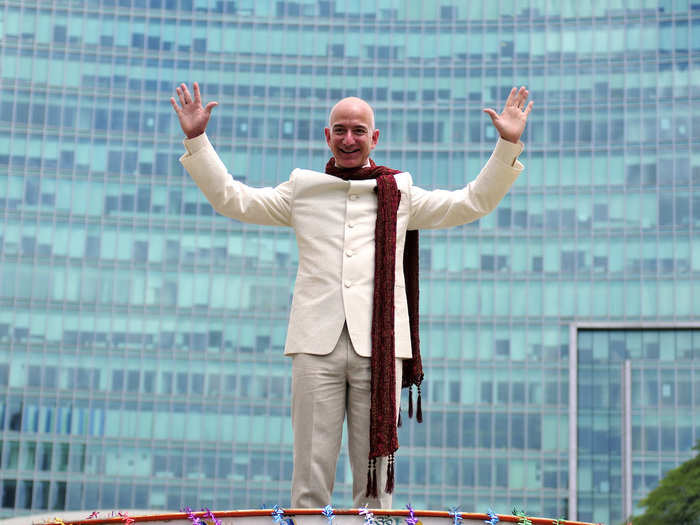
Amazon has been led by founder Jeff Bezos from day one.
Uber's CEO Dara Khosrowshahi is a professional operator who was brought in to lead the company after a controversial period under founder Travis Kalanick.
That's not a knock against Khosrowshahi. He's an incredibly talented manager, with an impressive track record leading businesses. But founders and professional operators have different styles, priorities and motivations. And if you're thinking of Uber as another Amazon, you'd be remiss not to take the person in the driver's seat into account.
It's presumptuous to compare the two companies.
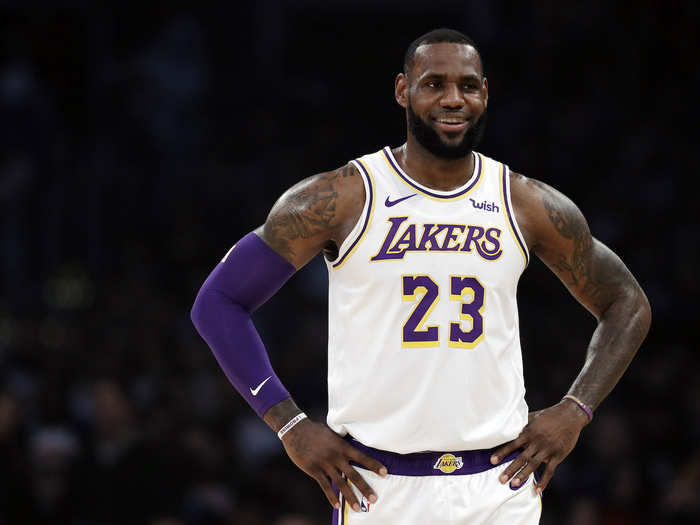
Few companies have ever succeeded the way Amazon has in the last 20 years. The company benefitted from host of factors that all came together, including great management, lucky breaks, and good timing.
Whatever potential Uber may have, the likelihood that it will match Amazon's success is slim at best.
"It's like comparing LeBron James to a great high school player," said Wedbush's Ives. He continued: "There's only one Amazon."
And as flattering as the comparison may be for Uber and as beneficial as it might be for its IPO, it could ultimately prove harmful if it doesn't live up to that potential, he said.
The comparison "sets them up to fail," Ives said.
Got a tip about Amazon, Uber or another tech company? Contact this reporter via email at twolverton@businessinsider.com, message him on Twitter @troywolv, or send him a secure message through Signal at 415.515.5594. You can also contact Business Insider securely via SecureDrop.
Popular Right Now
Popular Keywords
Advertisement